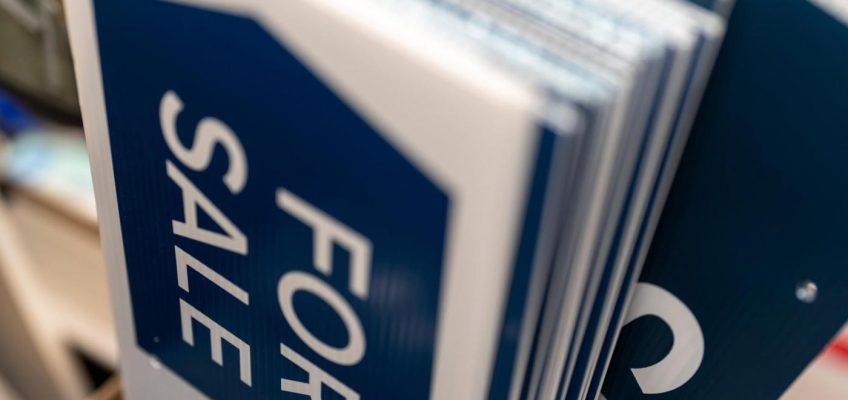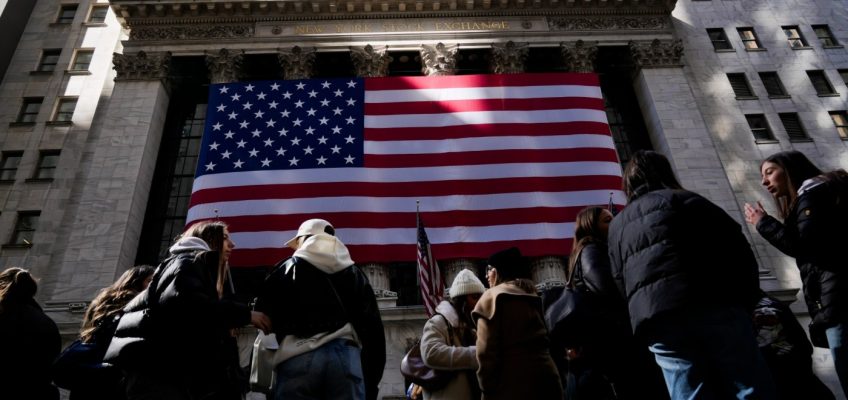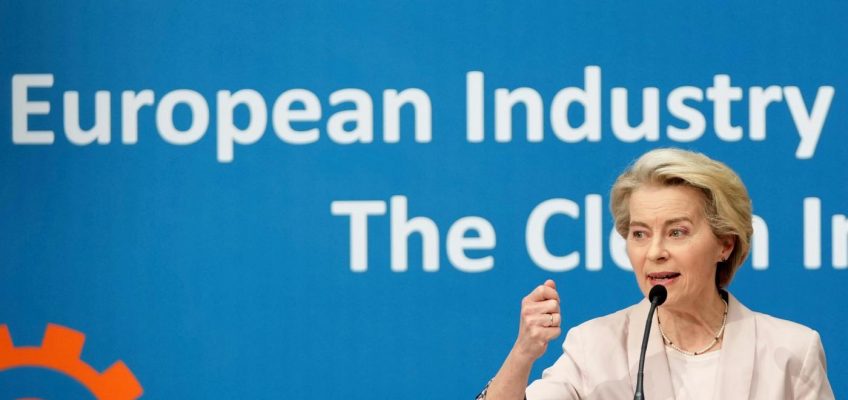By JILL LAWLESS and AAMER MADHANI
WASHINGTON (AP) — British Prime Minister Keir Starmer on Thursday extended a state visit invitation to President Donald Trump on behalf of King Charles.
Trump accepted the invitation, which came at the start of a face-to-face meeting between Trump and Starmer at the White House.
Starmer called the invitation for a second state visit to Trump, who already received the honor during his first term, as “historic” and “unprecedented.”
THIS IS A BREAKING NEWS UPDATE. AP’s earlier story follows below.
WASHINGTON (AP) — British Prime Minister Keir Starmer is visiting the White House on Thursday to try to convince President Donald Trump that a lasting peace in Ukraine will endure only if Kyiv and European leaders are at the table as negotiations move forward with Moscow.
Starmer’s trip, coming a few days after French President Emmanuel Macron’s own visit, reflects the mounting concern felt by much of Europe that Trump’s aggressive push to find an end to Russia’s war in Ukraine signals his willingness to concede too much to Russian President Vladimir Putin.
“We’re going to do the best we can to make the best deal we can for both sides,” Trump said Wednesday as he held the first Cabinet meeting of his second term. “For Ukraine, we’re going to try very hard to make a good deal so that they can get as much (land) back as possible.”
But the Republican president’s rapprochement with Russia has unsettled America’s historic allies in Europe. They have found themselves on their heels with Trump returning to the White House with a determination to dramatically make over U.S. foreign policy to correspond with his “America First” world view.
The Trump administration held talks last week with Russia without Ukrainian or other European allies represented. And this week, the U.S. refused to sign on to resolutions at the United Nations blaming Russia for the war, which began three years ago when Moscow invaded. The drifting White House view of Ukraine under Trump is leading to a tectonic shift in transatlantic relations.
His administration is pushing back on the notion that Trump is ignoring Europe or is too eager in his push for settlement talks with Putin.
“He hasn’t conceded anything to anyone,” Vice President JD Vance said. “He’s doing the job of a diplomat.”
Trump’s meeting with Starmer comes a day before a White House meeting with Ukrainian President Volodymyr Zelenskyy. The two leaders are expected to sign off Friday on a contentious agreement that would give the U.S. access to Ukraine’s critical minerals, which are used in the aerospace, defense and nuclear industries. Zelenskyy had chafed at signing off on an agreement without specific security guarantees from Washington.
Trump was noncommittal about any coming American security guarantees. “I’m not going to make security guarantees … very much,” Trump said. “We’re going to have Europe do that.”
If a truce can be reached, Starmer and Macron have agreed to send troops for a potential peacekeeping mission to Ukraine to ensure that fighting between Ukraine and Russia doesn’t flare up again.
But White House officials are skeptical that Britain and France can assemble enough troops from across Europe, at least at this moment, to deploy a credible peacekeeping mission to Kyiv.
It will likely take a “consensual peace settlement” between Russia and Ukraine before many nations would be willing to seriously providing such forces, according to a senior Trump administration official who briefed reporters on the condition of anonymity under ground rules set by the White House.
Zelenskyy, while en route to Washington, met on Thursday with Ireland’s prime minister, Micheál Martin, who said he told Zelenskyy that Ireland is open to helping, including sending peacekeepers to Ukraine.
Related Articles
Trump’s firing of military brass prompts concern but little pushback from Republicans
Justice Department abandoning cases alleging discriminatory police and firefighter hiring
DOGE access to US intelligence secrets poses a national security threat, Democrats say
Senate committee recommends Lori Chavez-DeRemer’s confirmation as Trump’s labor secretary
Trump plans tariffs on Mexico and Canada for Tuesday, while doubling existing 10% tariffs on China
Zelenskyy and European officials have no illusions about U.S. troops taking part in such a mission. But Starmer and others are trying to make the case that the plan can only work with a U.S. backstop for European forces on the ground — through U.S. aerial intelligence, surveillance and support, as well as rapid-response cover in case of breaches of a truce.
Trump is also looking at the moment as an opportunity to potentially reopen economic relations with Russia after three years of U.S.-led sanction efforts to punish Moscow for the invasion.
“I think there’ll be plenty of of economic cooperation opportunities between the two countries,” Trump special envoy Steve Witkoff said in an appearance Thursday on Fox News.
Starmer is hosting a Sunday meeting in the United Kingdom of international leaders that will focus on Ukraine. Zelenskyy is expected to attend. The prime minister also announced plans this week for the U.K. to bolster defense spending. That should sit well with Trump, who has been critical that European allies are spending too little on defense.
Starmer’s government will increase military spending to 2.5% of gross domestic product by 2027, years earlier than expected, and aim to reach 3% by 2035.
Beyond the war in Ukraine, Starmer said the talks will home in on “a stable economy, secure borders and national security,” as well as cooperation on AI and other cutting-edge technology. He will stress that Europe must “play its part on global defense and step up for the good of collective European security.”
“The world is becoming ever more dangerous, and it is more important than ever that we are united with our allies,” Starmer said.
Starmer is also keen to discuss “the opportunities that further technology and AI partnerships could deliver,” his office said, including ambitious but vague “shared moonshot missions across top technologies including quantum and AI, and a deeper partnership on space.”
Britain has signaled it aims to eschew the European Union’s high-regulation approach to AI as it seeks to become a leader in the field.
The U.K. joined the U.S. in refusing to sign a joint declaration at an artificial intelligence summit hosted by Macron in Paris this month in what was seen as an attempt to curry favor with Washington and seek investment from American tech companies. Starmer’s office said the prime minister “will make the case for further integration between the two countries’ tech sectors to make them the most efficient, ambitious technology sectors in the world.”
Peter Mandelson, Britain’s ambassador to the U.S., said the two allies should stand “shoulder to shoulder” at “a very, very significant moment for our lives, between our two countries and indeed for all the freedom-loving democracies in the world.”
“We share people, we share cultures, we share a lot of intelligence, we share technologies, and … we also share some of the fighting of our adversaries as well,” Mandelson said.
Associated Press writer Panagiotis Pylas in London contributed to this report.




